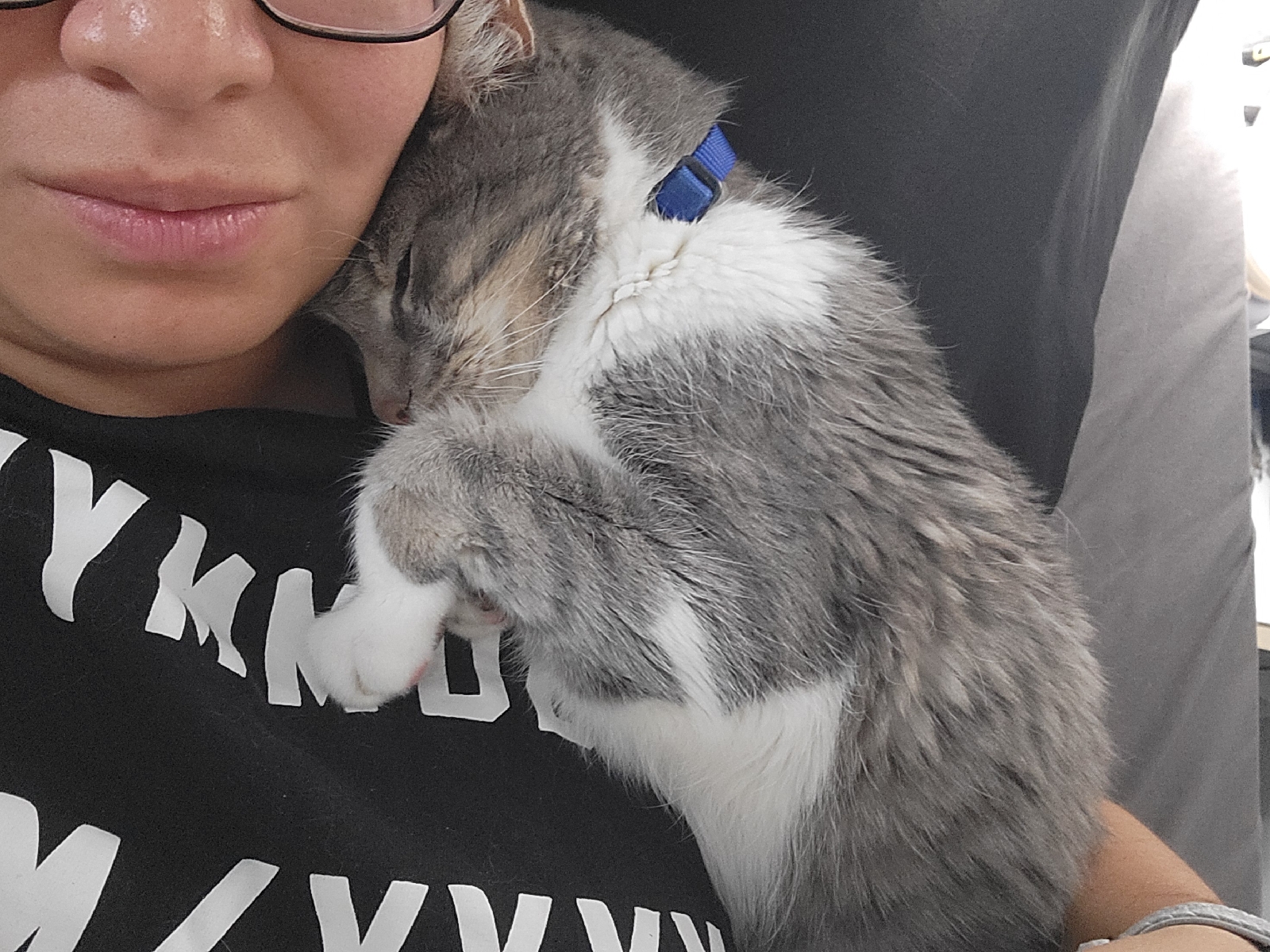Several days ago, a neighbor asked for information on the nextdoor app on rescues who accept senior dogs. A family member passed away and left behind a senior pet that no one else had the space or resources to keep, but they didn’t want to drop the dog off at the shelter. Hence why the neighbor was reaching out for resources that they could look into.
Kudos to them for trying to keep the dog out of a shelter, but this serves as a reminder of how important it is to have a plan for your pet if something were to happen to you. Not all family members know what to do or are willing to go the extra mile to ensure your pet finds a new home if you were gone.
Take my husband, for example. He is not an animal person, and there is this understanding that Cas and Chunky are my babies. He loves me enough to help out with them, and he even enjoys playing with them when one or the other are in the mood to play. However, if I were to pass away before my babies do, he wouldn’t keep them. He also wouldn’t know what to do, which is why we had a conversation of what I would like him to do.
Chunky would go to my sister, mostly because my sister was the one who originally adopted him, so he was technically her baby first. It made the most sense, and I knew she’d take him in. Cas would go to a dog rescue. I know that some would frown that he wouldn’t go to a family member, but no one in our family is able to take him in. Either they aren’t animal people, they live in apartments that don’t allow dogs, they already have their own dogs, or they aren’t in a place financially to take care of an animal with health issues. My red-eared slider turtle is the only animal my husband would keep, mostly because my turtle is low-maintenance and not too expensive to take care of.
One thing to note is that I’m not angry or bitter at my husband for not wanting to keep my furbabies. He was honest with me, and I knew the only reason he accepted the cat and dog into our home is because he wanted to make me happy. Some might say that he made a commitment and that doesn’t end when I’m dead. However, I’d rather he tell me the truth now so I can make plans instead of lying to me.
I know a lot of people put these kinds of conversations off; unless we’re older, terminally ill, or had near-death experiences, it’s very easy not to think about death. I think some folks purposely don't think about it because its a morbid topic. But we should, because anything can happen, and our pets are not going to understand. They’ll be confused and lost once we’re gone. Our families will be confused and lost, too, so having a plan will make the transition for everyone involved a little more seamless.
So if you have a partner, talk to them about what the plans are if one or both of you passed away. Talk to family and maybe even friends as well to see if there is anyone who may be willing to take in your pets. Research nearby rescues, too, in case no one you know can take your pet. For Cas, I have Frosted Faces Foundation (https://frostedfacesfoundation.org/) and Golden Years Dog Sanctuary (https://goldenyearsdogsanctuary.com/) on the top of my list of rescues since both of them primarily focus on seniors. And it just occurred to me that there might be a few rescues out there that focus on poodles, so I'll research and see if there are any that could potentially help. I want to make sure my husband has a decent sized list to work since we all know that a rescue can only take in so many animals.
PetFinder has a decent article on what you can do to prepare for your pet to live without you if it comes to that, including general guidelines on legal steps one can take to ensure your pet is going be okay. Here's the link: https://www.petfinder.com/adopt-or-get-involved/adopting-pets/about/providing-homes-for-your-pets-after-youre-gone/
Look, I’m hoping to live a long life. If I don’t, then at the very least I want to outlive my furbabies. We don’t always get what we want, though. Does it suck to think about something as depressing as death? Yes, which is why so many people don’t have wills. I don’t have a will either (even though I should). But I have to make sure that my furbabies will be okay if I were to pass away. I urge all pet moms and dads out there to do the same.


